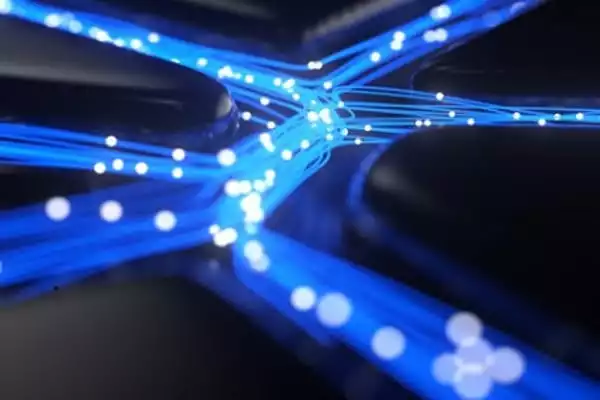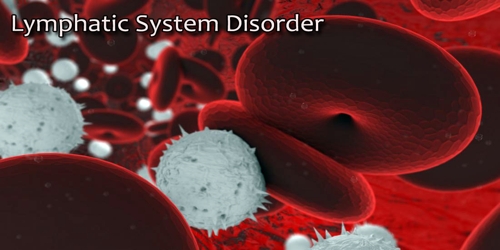The use of ultrafast laser light pulses to manufacture nano-sized magnetic particles has been discovered by researchers at Lund University in Sweden. The breakthrough may pave the door for new, more energy-efficient technical components that will be valuable in future quantum computers.
Magnetic vortices are another name for magnetic skyrmions. Unlike ferromagnetic states, which exist in ordinary magnets like as compasses and refrigerator magnets, the skyrmion state is highly unusual: the magnetization does not point in the same direction throughout the material, but is best described as a type of whirling magnetism.
Skyrmions are of tremendous interest to both fundamental research and business because they can be utilized to make smaller computer memories. That, however, is easier said than done. To use skyrmions for technical uses, effective methods of writing, erasing, and manipulating the particles on short time scales and with high spatial precision are required.
Researchers Claudio Verdozzi from Lund University, Emil Vias Boström and Angel Rubio from the Max Planck Institute for the Structure and Dynamics of Matter in Hamburg discovered a novel way in a new study.
Our findings have significant implications for the development of more energy-efficient technical components. Light can be utilized to modulate localized magnetic excitations on very small time scales, according to our findings.
Claudio Verdozzi
“In our study, we theoretically shown how to meet one of these conditions, that is, how to make magnetic skyrmions in ultra-short time scales using laser light pulses,” explains Claudio Verdozzi, a physics researcher at Lund University.
The study team has discovered a microscopic mechanism that explains an experimental methodology that has been demonstrated to be useful in the creation of the odd skyrmions. Using femtosecond laser pulses (light pulses lasting one millionth of a billionth of a second), the researchers demonstrated that skyrmions can be created extremely quickly.
“Our findings have significant implications for the development of more energy-efficient technical components. Light can be utilized to modulate localized magnetic excitations on very small time scales, according to our findings” Claudio Verdozzi explains.
The new discovery has a lot of applications, including quantum technology, which uses quantum mechanical principles to do incredibly complex calculations that ordinary computers cannot handle. Magnetic excitations such as skyrmions and so-called spin waves are also thought to be capable of assisting in the reduction of energy consumption in technological components, hence aiding in the achievement of future climate goals.

“Because of its technological potential, skyrmions are a focus for both theoretical and experimental research. Furthermore, their strange magnetic patterns have a theoretically and mathematically appealing beauty that makes them very attractive “Claudio Verdozzi says.
The stability of electrons is manifested as regularity in the direction of their spins. Semimetals have broken symmetry, converting flowing electrons to Weyl electrons. Weyl electrons have spins that are orientated either in the same direction as the electron or in the exact opposite direction. The uncommon magnetic behavior of the semimetal is caused by the locking of the Weyl electrons’ spins to their direction of motion—their momentum.
Every atom in matter conducts electricity, providing stepping stones for electrons as they go from atom to atom. However, only neodymium (Nd) atoms are magnetic. The spin of Nd atoms pushes strangely due to their vulnerability to the impact of Weyl electrons.
“Magnetic memory technology, such as hard drives, typically requires the creation of a magnetic field in order to function.” You can store information in this class of materials without using or detecting a magnetic field. Reading and writing data electrically is faster and more reliable.”
“On the most fundamental level, we might be able to construct a range of materials with varying internal spin characteristics—and perhaps we already have.” We have constructed many magnetic structures as a community that we do not fully comprehend. We may now be able to understand and use such unusual magnetic structures now that we have observed the unique properties of Weyl-mediated magnetism.”
















